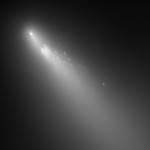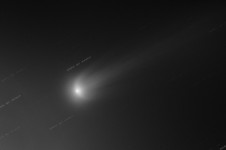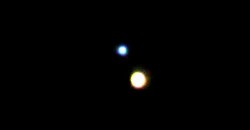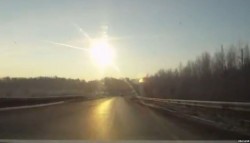Is Comet ISON disintegrating?

There has been a rapid drop in molecular emissions from comet ISON combined with a huge increase in dust, which indicates that ISON may have completely disrupted. Click to read more

There has been a rapid drop in molecular emissions from comet ISON combined with a huge increase in dust, which indicates that ISON may have completely disrupted. Click to read more

Images taken of Comet ISON in the last few days by scientists from the Max Planck Institute for Solar System Research and the Wendelstein Observatory of the Ludwig-Maximilians-University in Germany suggest that one or more fragments may have detached from the main nucleus of Comet ISON which may explain the recent outburst of activity reported last week. Click to read more

I am a deep space junkie. But modern city living means light pollution often gets in the way of observing DSOs. Over the last 12 months I have undertaken a project to observe hundreds of double stars and I have selected my top 35 choices for colour contrast which in my opinion present a striking and memorable view in the eyepiece. Click to read more

The HST has imaged an asteroid, P/2013 P5 twice, 13 days apart which shows 6 comet-like tails giving the appearance of spokes on a wheel. The investigators published their findings in the 7th November issue of The Astrophysical Journal Letters. Click to read more

Two teams report in Nature their analysis of the Chelyabinsk meteorite estimating the energy to be 500kt equivalent of TNT and find a common origin, 2km diameter asteroid 86039 (1999NC43) located between the orbits of Mars and Jupiter. Click to read more

A statistical analysis of all the data accumulated by the Kepler mission has been conducted to reach an estimate of the number of Sun-like stars that have potentially habitable Earth-size planets orbiting them. Their conclusion is “22% of Sun-like stars harbour Earth-sized planets orbiting in their habitable zones.” Click to read more

A stellar-mass black hole candidate has been discovered in the globular cluster Messier 22. This potential discovery calls into question assumptions about stellar interactions within globular clusters which were thought to have resulted in the ejection of all stellar-mass black holes long ago. Click to read more